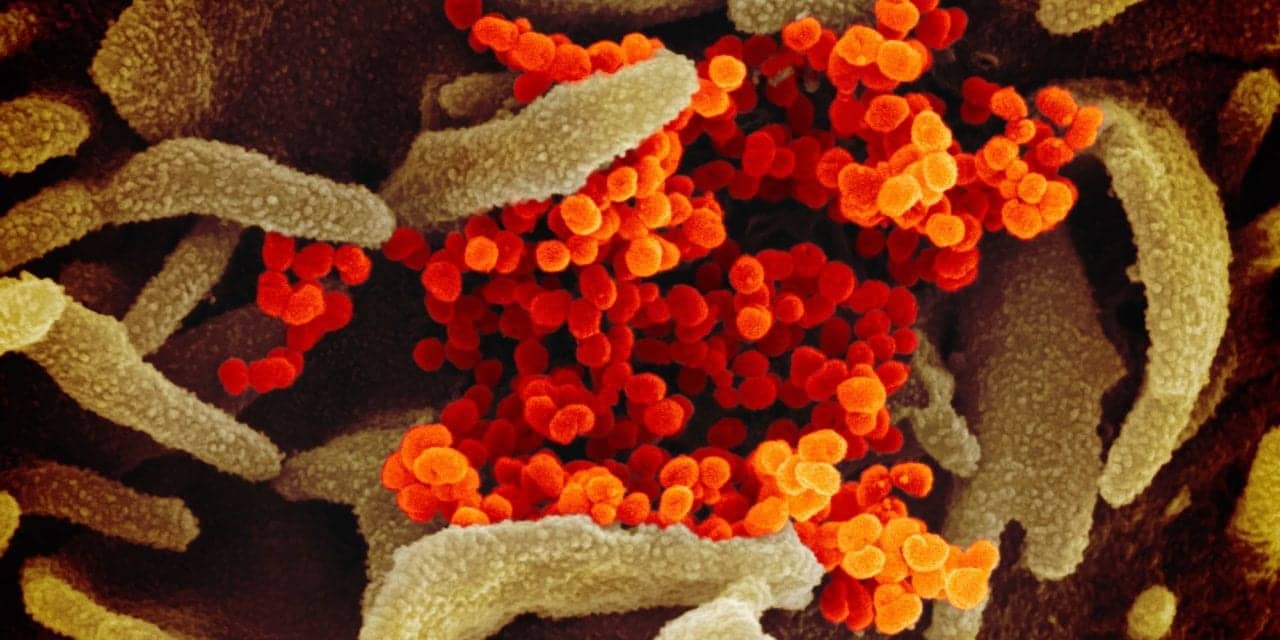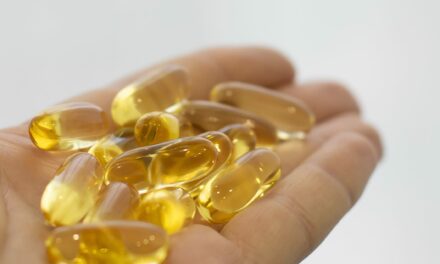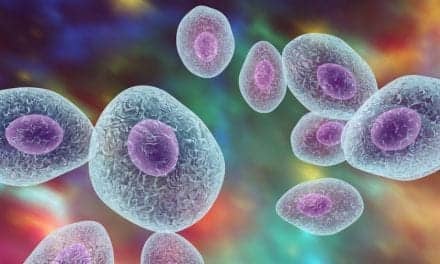SARS-CoV-2, the coronavirus that causes COVID-19, is viable for up to three hours in aerosols and for up to three days on some surfaces, according to a new study published in NEJM.
The study, which was the joint work of scientists from the National Institutes of Health, CDC, UCLA and Princeton University, compared how the environment affects the survivability of both SARS-CoV-2 (which causes COVID-19) and SARS-CoV-1 (which causes SARS).
Researchers introduced both viruses to the following surfaces: aerosols, plastic, stainless steel, copper, and cardboard. According to results, the COVID-19 virus (SARS-CoV-2) survived for the following durations:
- Aerosols: up to three hours
- Viral load was greatly reduced in both viruses at the three hour mark
- Copper: up to four hours
- On copper, no viable SARS-CoV-2 was detected after four hours, while SARS-CoV-1 was viable up to eight hours.
- Cardboard: up to 24 hours
- On cardboard; SARS-CoV-2 remained viable to 24 hours while no viable SARS-CoV-1 was detected past eight hours.
- Plastic: up to two days
- Stainless steel: up to three days
While the virus survived to two days on plastic and to three days on stainless steel, researchers emphasized it had a greatly reduced viral load at those durations.
The data reinforces previous reports that people may acquire the virus through the air and after touching contaminated objects. The scientists highlighted additional observations from their study:
- If the viability of the two coronaviruses is similar, why is SARS-CoV-2 resulting in more cases? Emerging evidence suggests that people infected with SARS-CoV-2 might be spreading virus without recognizing, or prior to recognizing, symptoms. This would make disease control measures that were effective against SARS-CoV-1 less effective against its successor.
- In contrast to SARS-CoV-1, most secondary cases of virus transmission of SARS-CoV-2 appear to be occurring in community settings rather than healthcare settings. However, healthcare settings are also vulnerable to the introduction and spread of SARS-CoV-2, and the stability of SARS-CoV-2 in aerosols and on surfaces likely contributes to transmission of the virus in healthcare settings.
The full study, including supplemental information and charts, is available at the New England Journal of Medicine website.
Photo credit: National Institute of Allergy and Infectious Diseases, Rocky Mountain Laboratories, NIH. Novel Coronavirus SARS-CoV-2. This scanning electron microscope image shows SARS-CoV-2 (orange)—also known as 2019-nCoV, the virus that causes COVID-19—isolated from a patient in the US, emerging from the surface of cells (green) cultured in the lab.









